McDonnell Douglas RF-4B Phantom II US Marines
Production Time 9 to 10 weeks
Shipment is by FedEx, UPS or DHL International Express Courier with a normal door-to-door delivery time worldwide of within 2-3 business days after dispatch. Due to the current volatility of world fuel prices, the amount mentioned here is our best estimate for DHL and UPS and may be subject to change at the time of shipping.

Model Description: McDonnell Douglas RF-4B Phantom II US Marines Wood Replica Scale Custom Jet Model
Manufacturer: McDonnell Douglas
Wingspan: 10.4 Inches (26.4 Centimeters)
Height: 4.45 Inches (11.3 Centimeters)
Scale: 1:44
Registration: VMFP-3
$259.50
Production Time 9 to 10 weeks
-
United States dollar ($)
-
Pound sterling (£)
-
Euro (€)
-
Australian dollar ($)
-
Canadian dollar ($)
-
Singapore dollar ($)
-
Swiss franc (CHF)
-
Japanese yen (¥)
-
Danish krone (kr.)
-
Hong Kong dollar ($)
-
Norwegian krone (kr)
-
Swedish krona (kr)
-
United Arab Emirates dirham (د.إ)
General Product Description
Our PlaneArt McDonnell Douglas RF-4B Phantom II US Marines model exhibits unique, unrivaled quality and detailed design to come as close as possible to the accuracy of the actual plane. It comes as standard with a robust, durable base or stand which is available in a variety of different finishes designed to match your own personal requirements including solid wood, wood with polished metal supports or adjustable wood wall mount and will be ready within about 9-10 weeks from placement of order.
The McDonnell Douglas RF-4B Phantom II US Marines model is made of the finest kiln dried renewable mahogany wood (commonly known as Lauan or Meranti) which has undergone many stages of carving and meticulous and careful sanding giving the beautiful, finished museum quality masterpiece. Many collectors and model connoisseurs demonstrate their preference for genuine handmade and hand painted mahogany wood models rather than plastic or die cast (diecast) alternatives due to the overall look and totally different feel of the item - we trust you will find the same. We can however, if required produce the same model in Solid Cast Resin so just click and contact us for further information. Our craftsmen and gifted artisans ensure that our finely handcrafted model airplanes match the precise blueprint details of the original aircraft. The paint scheme, markings and parts are closely matched, reflecting the original aircraft. This stylish top-quality desktop replica model will surely enthrall anyone who receives this as a gift and for sure one of the most appropriate and desirably collectable gifts for any aviation enthusiast or avid military jet aircraft collector whilst also displaying a perfect resemblance to the actual real life version.
There are many types of military jet aircraft, but the basic types are bombers, fighters, fighter bombers, spotter planes, transporters, patrol aircraft, trainers, and reconnaissance and observation aircraft. All these types of aircraft are used for different types of missions. If you're a fan of historic or present-day military aviation, our model aircraft will bring the excitement and character of these aircraft right into your own home.
If you require, we can also make the McDonnell Douglas RF-4B Phantom II US Marines model in any other military, government or even private livery or colour scheme you require and if necessary, in a different size or scale. Just click here to contact us with a description or photographs of what you require, and we will let you have a quotation for the necessary customization by return email. We can also make bespoke scale replicas of any other private / civil commercial airliner or airliners, helicopter, glider, gliders with engines, military propeller, warplane jets, biplane, triplane, tail fin, spacecraft, rocket or NASA model you require in any airline, military or civilian livery or colors. We also produce model airships, blimps, dirigibles, blimps, boats, and ship collectibles. Wall plaque or seal for military, government or private customers. Again, by clicking here to contact us just let us know exactly what you need.
As you may or may not be aware the trade name and copyright permissions for this McDonnell Douglas aircraft are now under the ownership of the Boeing Company and as such, we are proud to be one of the very few international and fully licensed manufacturers of Boeing solid mahogany wood models. You may be interested to read more about the fascinating background to the famous aviation names now under the Boeing umbrella by clicking on the following “Officially Licensed Product” image below:
The McDonnell Douglas RF-4B Phantom II: A Vital Asset to the US Marines
The McDonnell Douglas RF-4B Phantom II stands as a pivotal chapter in the storied history of military aviation, particularly for the United States Marine Corps. This aircraft, a variant of the iconic F-4 Phantom II, was specifically designed for reconnaissance missions, providing the Marines with crucial intelligence capabilities during its years of service.
Origins and Design:
Developed by McDonnell Douglas in the early 1960s, the RF-4B was derived from the F-4 Phantom II, one of the most versatile fighters ever produced. The Phantom II had already established itself as a multi-role aircraft in the US Navy and Air Force, capable of performing air-to-air combat and ground attack missions. The RF-4B, however, was tailored for photo-reconnaissance, featuring modifications that enhanced its ability to gather and relay battlefield intelligence.
The most significant change in the RF-4B was the removal of the standard armament to make way for advanced photographic and sensor equipment. This included cameras and radar systems that allowed it to capture high-resolution images from high altitudes, both in daylight and at night. The aircraft’s nose was redesigned to house these new systems, replacing the radar and cannon of the combat versions.
Operational History:
The RF-4B entered service with the US Marines in 1965, at a time when the Vietnam War was escalating. It proved to be an invaluable asset in the conflict, conducting pre- and post-strike reconnaissance missions over North Vietnam. These missions were critical for assessing the impact of bombing raids and for planning future operations. The RF-4B’s ability to fly at high speeds and altitudes made it a challenging target for enemy anti-aircraft systems, although several were lost during the war.
After Vietnam, the RF-4B continued to serve throughout the 1970s and 1980s, adapting to new roles and technologies. It was used not only for tactical reconnaissance in combat zones but also for mapping, battlefield surveillance, and training exercises. The aircraft’s versatility was further demonstrated during the Cold War, where it conducted surveillance missions around the globe, often in tense geopolitical climates.
Technological Enhancements:
Over its operational life, the RF-4B was continually updated with the latest technology. One of the major upgrades was the integration of more advanced sensors and cameras, including infrared imaging equipment, which allowed the aircraft to perform night missions more effectively. Additionally, improvements in communication systems enabled the RF-4B to relay information to ground stations and other aircraft with greater speed and reliability.
Retirement and Legacy:
The RF-4B was phased out of active service in the late 1980s, replaced by more modern aircraft with superior electronic warfare and reconnaissance capabilities. However, its impact on military aviation and reconnaissance tactics remains significant. Many of the lessons learned from the deployment of the RF-4B influenced the development of subsequent reconnaissance aircraft and the strategies employed by the US military in later conflicts.
Today, several RF-4Bs are preserved in museums across the United States, serving as a testament to their contributions to the US Marines and their role in the advancement of aerial reconnaissance. The RF-4B Phantom II not only exemplified the technological achievements of its time but also demonstrated the critical importance of intelligence in modern warfare, securing its place in military history as a key player in the evolution of reconnaissance operations.
| Weight | 6 kg |
|---|---|
| Dimensions | 17 × 10.4 × 4.45 in |

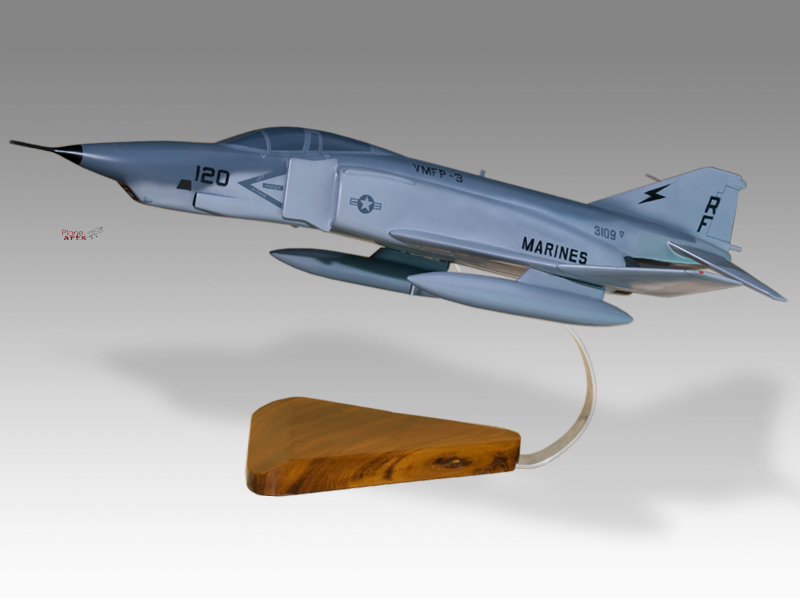
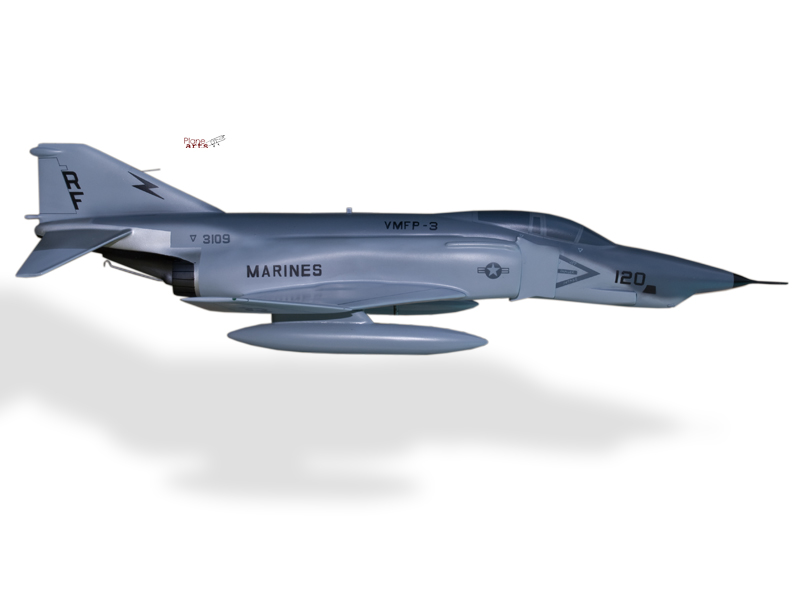
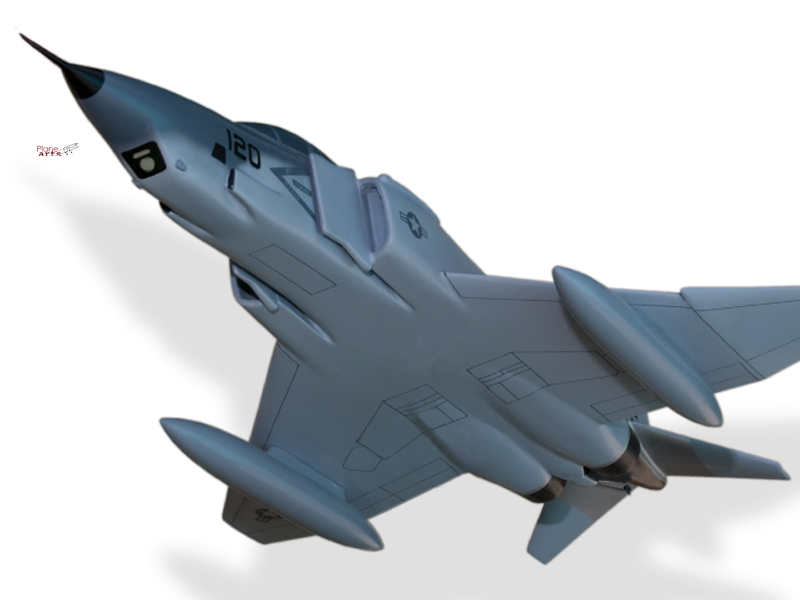
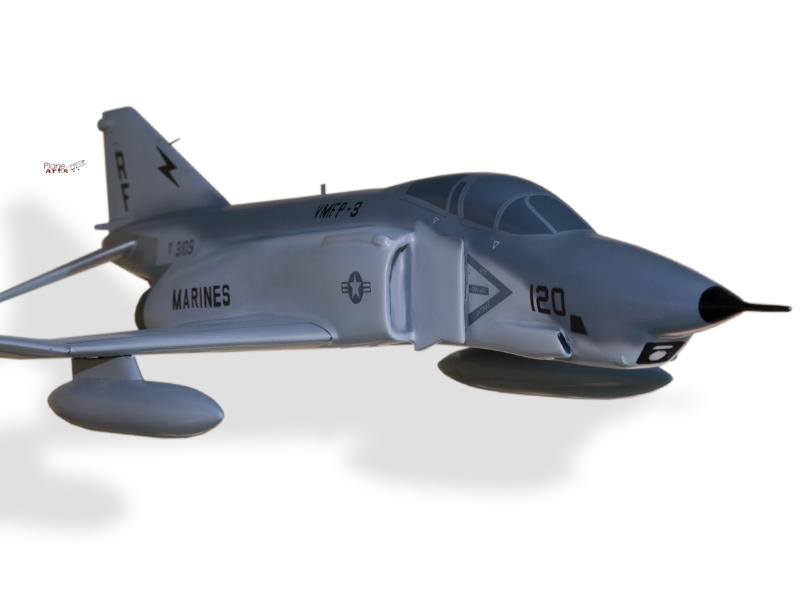
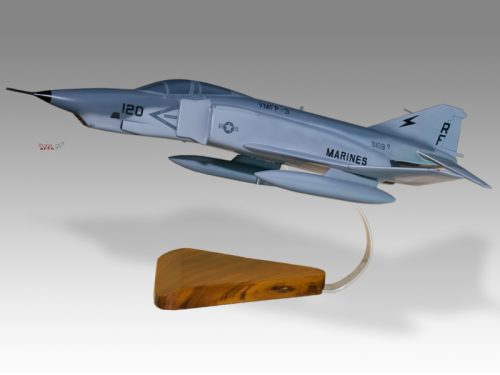
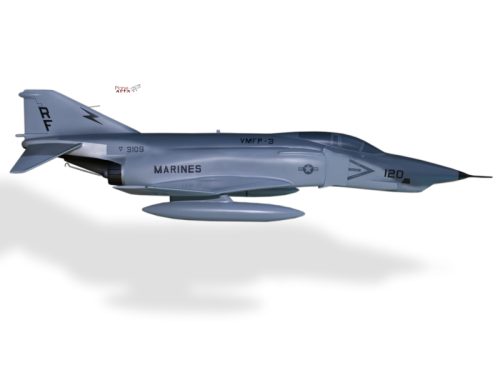
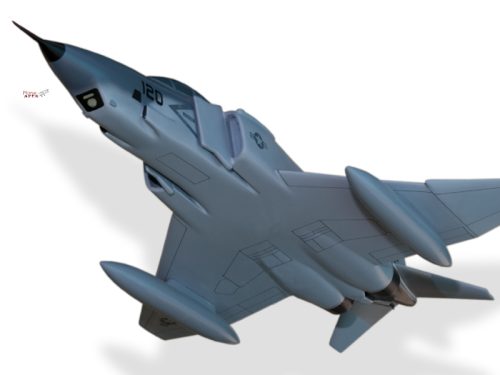
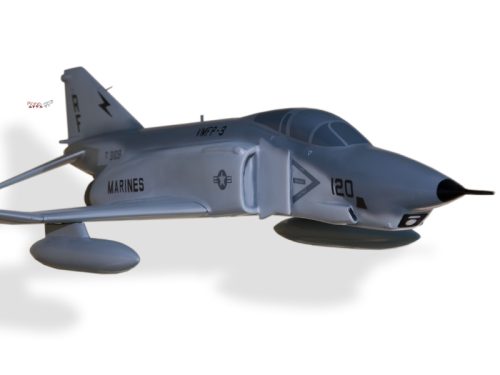
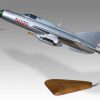


Reviews
There are no reviews yet.